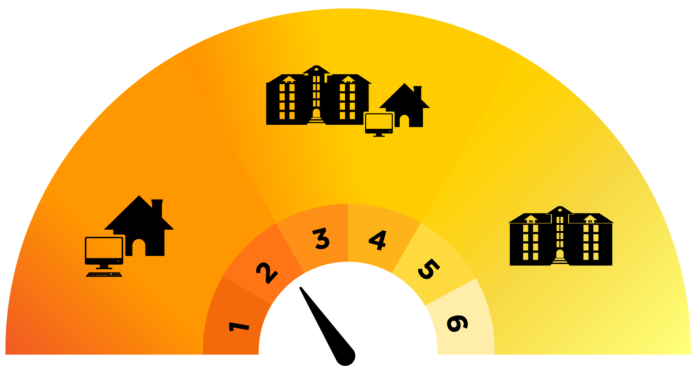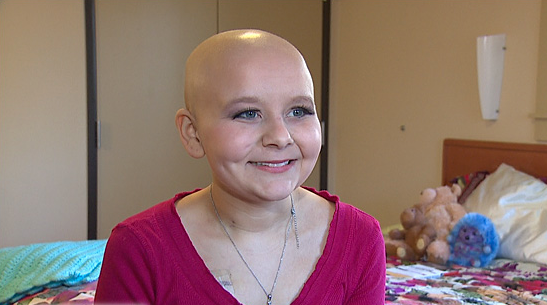By Brennan LaBrie
News Editor
Pacific Lutheran University is on track to reach its goal of returning to in-person classes as soon as possible, but only if the campus community remains dedicated to preventing the spread of COVID-19. This was the message of PLU president Allan Belton in the “fireside chat” he held along with Vice President of Student Life Joanna Royce Davis and ASPLU president Gracie Anderson on September 4.
By campus community, Belton made it clear that he meant everybody.
“I’m sick of schools blaming students for this,” Belton said of the spread of COVID through campuses that have returned to in-person learning. “It’s our whole community, it’s the staff, it’s the faculty, it’s me. This is on all of us,” Belton said, a warm fire displayed on the computer monitor behind him.
The purpose of the fireside chat was to answer the barrage of COVID-19 related questions that he, Royce-Davis and Anderson have been receiving in recent weeks.
Many of the emails and phone calls have been on the subject of PLU’s timeline for returning to in-person learning. As far as the other questions Belton receives most often, he’s noticed a pattern.
“Are we being too safe, too cautious? Or too optimistic, too aggressive? I get both,” Belton said. “That’s very PLU to look at both ends, it’s how we approach life.”
Belton began with explaining the process behind PLU’s decision to attempt a blended model of returning to campus, with most classes starting online and slowly moving back to in-person format depending on campus-wide and regional COVID cases. Over the summer, PLU’s COVID response team, led by Royce-Davis, met every day to craft and review plans for the resumption of classes, with administration officials from across all departments including the Health Center involved. The team worked in close coordination with the Pierce County departments of Health and Emergency Management, who reviewed their proposals and offered feedback.
With guidance from their county partners, and after observing case numbers drop and regional K-12 schools reopen, PLU decided to follow suit with caution. Their blended model of classes, with a grace week for testing and quarantine preceding the resumption of any in-person learning, is unique among area colleges, Belton said.
Central to PLU’s reopening plan is the campus status dial, which gives the PLU community updates on the college’s status in returning to full in-person learning. It’s scale ranges from one, meaning fully virtual classes, to six, signifying a full return to physical classrooms.
This dial is based on ten metrics, Belton said, five being regional and county infection rates and five based on campus metrics — metrics which are currently murky but will become clearer after the results of the mass COVID tests given out this week. As of the fireside chat, over 350 students faculty and staff had been tested with zero positive results. The 2,000-plus tests done this week will determine the next movement of the dial.
“One thing I would like to emphasize about the dial and the status of the dial is that it can move forward and it can move backward,” Belton said. “In some ways it might be easier to move it back than forward.”
Belton added that community dedication to keeping COVID at bay is especially important for the large number of staff and faculty that are in higher risk categories for COVID. Many staff members in particular were not given the same choice of students and faculty to either come back to campus or not. Royce-Davis noted the importance of keeping PLU’s student workers, who are “on the frontlines” of the pandemic, safe during this school year.
Royce-Davis said that PLU’s priorities at the moment are directly related to student well-being and racial justice, and examining how the two factors interact.
Equity is at the heart of PLU’s response to the pandemic, she said, to which end they are taking into account the various intersectional identities and lived experiences of students, staff and faculty. This includes offering telehealth services for those who cannot go to the health center or don’t feel safe doing so, and offering regular food, nutrition, COVID testing, and mental health services. Above all, they hope to engage with students and be fully transparent about any developments.
“Our modes of engagement will continue to prioritize connection, belonging, relationships and our community as a whole,” Royce-Davis said. “Any transactions that we make will be purposeful, we will communicate them directly and they’ll be linked to our metrics so you’ll have a chance to monitor them along with us and you’ll know how well we’re doing in addressing covid concerns and what the opportunities are that lie in front of us.”
These are a few of the questions that were answered by Belton, Royce-Davis and Anderson during the fireside chat.
How can students report instances of other students not following guidelines, and what are the repercussions of not following guidelines?
Royce-Davis said that students should go through the student care network on PLU’s website with such concerns. She said there is “no script or menu” for how PLU may respond to violations of their health directives, but that their emphasis will not be on punishment or shaming, but on education. PLU will take into account the context of the actions and how they can prevent it from happening again.
“It’s an issue of care, we’re not gonna play shame and blame,” she said. “We’re learning together.”
How much time will there be between a movement on the status dial and a change in teaching format?
Belton said PLU committed to giving faculty at least a week after a significant dial movement to determine if they’re ready to transition their classes into a more in-person format, and most likely up to 10 days. Faculty may decide they are ready immediately to transition, while others may want to wait. Administration will review campus and county metrics every Tuesday and announce any dial movements the next day.
What is the current plan for students moving back on campus during the school year if in-person learning resumes?
Belton said that more on-campus housing will be available when PLU hits stage 5 of the dial and allows “doubles,” or dorm rooms with two people in them. There is some flexibility, Belton said, in allowing students to return in the time being, with some singles available. The logical point at which to invite students back to campus en masse is J-Term, he said.
Will the library re-open?
The library is one of the first buildings to open under the current stage three of the dial, Belton said,. However, like other campus buildings such as the Anderson University Center, it will be operating on reduced hours, closing at 8:30 p.m. Names Fitness Center and the AUC will close at 10:30 p.m. 5. These condensed hours are largely to protect workers on campus.
Belton encourages PLU students to reach out to him at pres@plu.edu with further questions. Anderson said she has been meeting with students regularly in her virtual office hours, and encourages students with questions regarding ASPLU to reach her at asplupres@plu.edu. Royce-Davis can be reached at roycedjc@plu.edu.
For more information on PLU’s COVID response, visit https://www.plu.edu/coronavirus/.




















